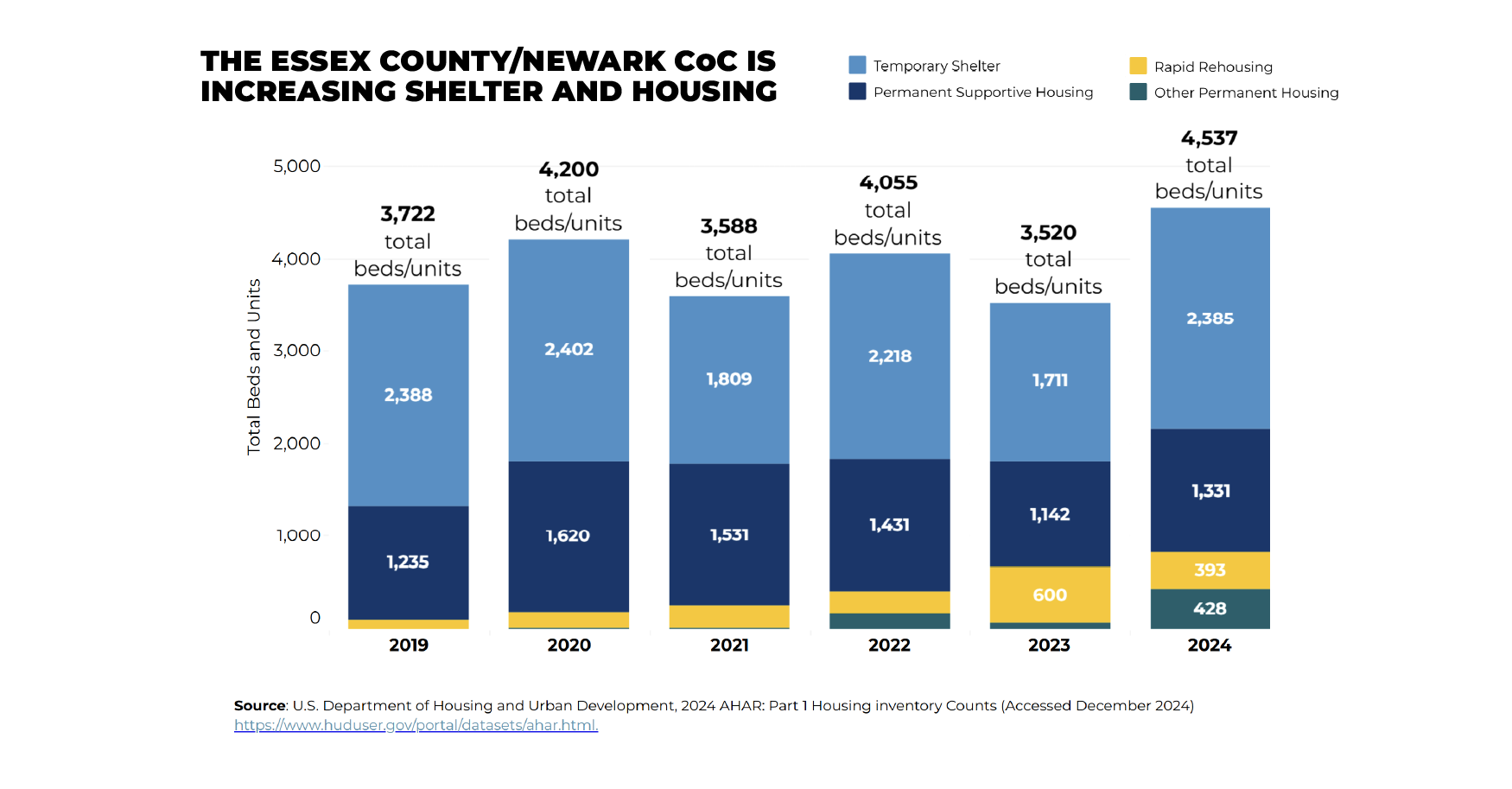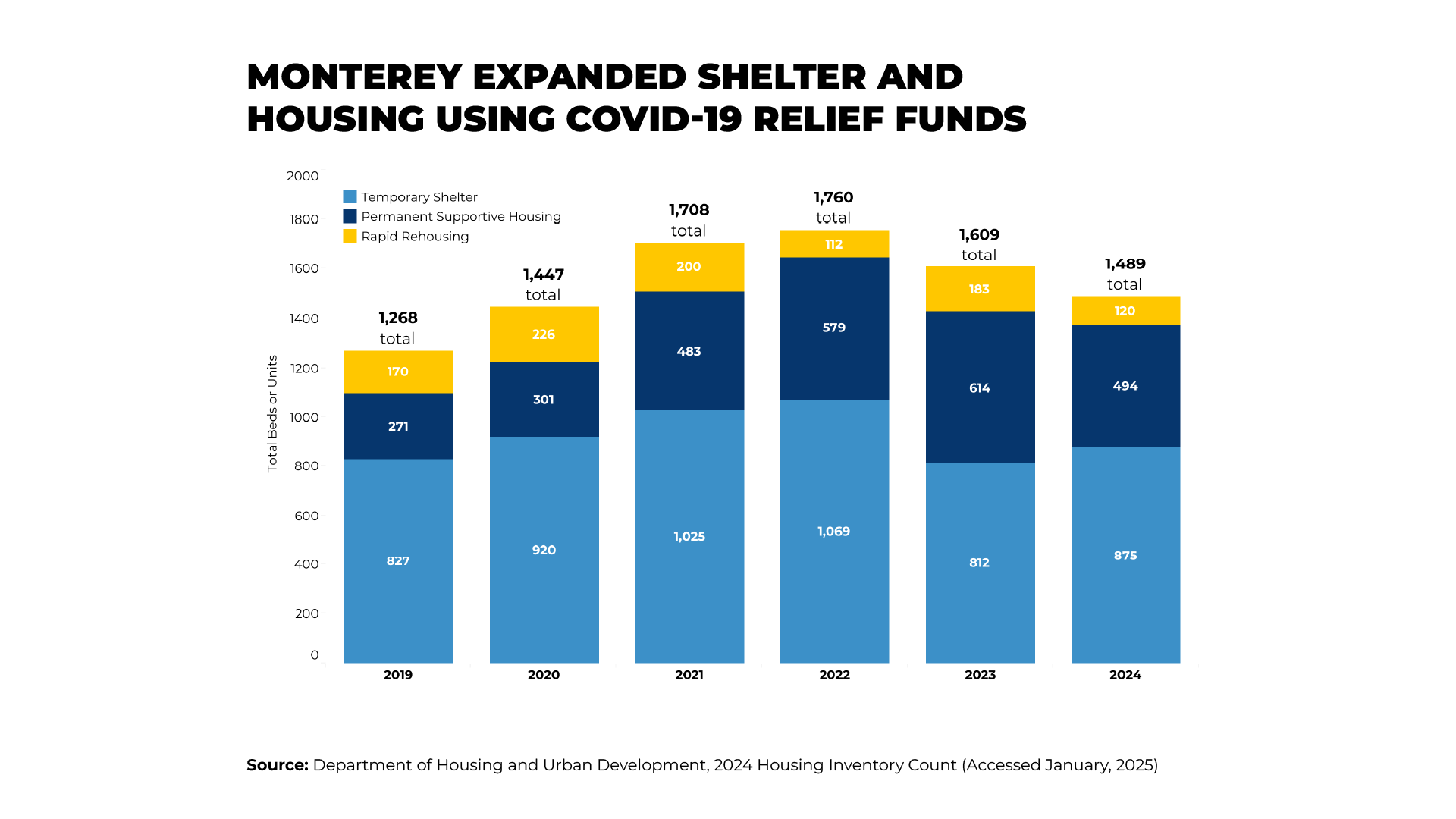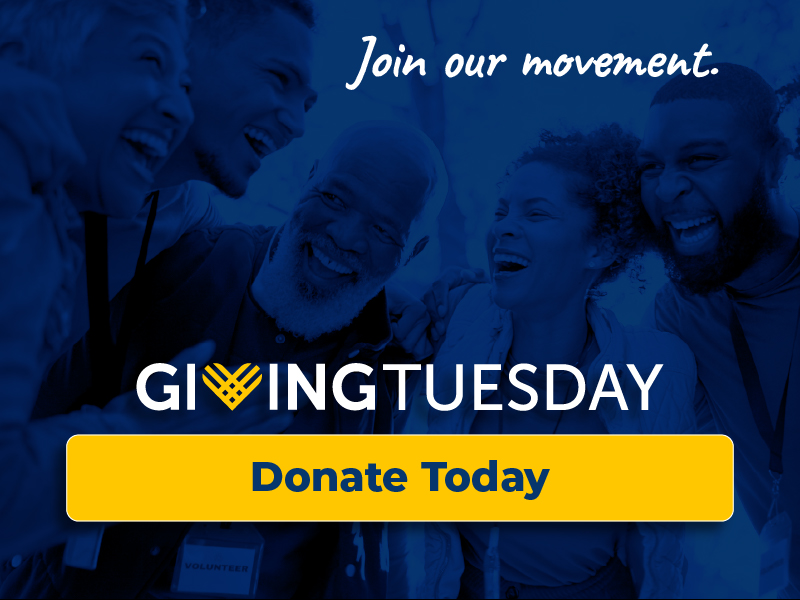The issue of opioid abuse has risen to a level of national crisis as the number of people abusing prescription drugs and heroin has dramatically risen, and the rate of opioid-related overdose deaths has tripled since 2000. In 2014, an estimated 2.5 million people had opioid-use disorders (OUD) involving prescription drug or heroin abuse, and opioid-related overdoses were responsible for more than 28,000 deaths.
While the epidemic is notable for affecting people from any race, gender, socioeconomic status, or other identifier, its effects are felt in unique and notably harmful ways by people who are experiencing homelessness. Evidence indicates that substance use disorders are known risk factors for homelessness, and data clearly shows that substance abuse and overdose disproportionately impact homeless people.
- A survey by the United States Conference of Mayors found that 68 percent of cities reported that substance abuse was the largest cause of homelessness for single adults. Substance abuse was also reported as one of the top three causes of family homelessness by 12 percent of cities.
- In another study, 25 percent of homeless people surveyed, identified drug use as the primary reason for homelessness.
- A study to determine the leading risk factors for homelessness among veterans indicated that substance abuse may have the highest impact on relative risk for homelessness in this population, even more so than bipolar disorder and schizophrenia. And a 2015 study of veterans initiating medication-administered treatment (MAT) screened each of these patients for risk of homelessness and found that the prevalence of homelessness in veterans with OUD is 10 times more than the general veteran population.
- A recent study in Boston showed that overdose has surpassed HIV as the leading cause of death among homeless adults, and found that opioids are responsible for more than 80 percent of these deaths. Homeless adults, 25-44, were nine times more likely to die from an overdose than their counterparts who were stably housed.
The White House Initiative
The Obama Administration made fighting the epidemic a priority, and recently requested $1.1 billion in the FY 2017 budget to address opioid abuse. The initiative includes public and private sector goals to improve access to treatment, increase provider use of evidence-based medical therapies including buprenorphine and naloxone, and evaluate the effectiveness of treatment programs that employ MAT.
Opportunities
While not specifically addressed in the White House’s plan, the consideration and prioritization of the unique and urgent needs of people who have OUD and are experiencing or at risk of experiencing homelessness is essential to it success.
Homeless people with OUD experience significant barriers to treatment. Obstacles include disaffiliation or social isolation, lack of mobility or transportation, a fragmented delivery system, and complex treatment needs including co-occurring conditions. Additionally, the social service needs of homeless individuals, including access to employment and housing, increase the morbidity and mortality of substance use disorders.
Research has shown that integrated treatment which incorporates housing and employment components provides better health outcomes than usual care for people who are homeless. Studies do confirm that with increased clinical support and connections to homeless services, including housing, homeless patients are statistically as likely as stably housed patients to successfully complete MAT. These findings demonstrate that treatment and stability are intrinsically linked and interdependent.
It is imperative that the administration, our healthcare system, and homeless services systems and providers come together to respond to the critical rates of addiction and death within homeless populations as a component of the national response to the opioid epidemic.
Recommendations
- To maximize treatment efficacy, incorporate housing and social supports, including permanent supportive housing units and rapid rehousing interventions, into treatment for persons with housing instability or those who are experiencing homelessness. This requires collaboration between healthcare providers and housing and homeless services providers.
- Treatment providers should increase their understanding of the additional clinical and social services necessary to engage and keep homeless people with OUD in treatment. Evidence-based training on strategies and supports for coordinated programs should be provided to substance use and primary care practitioners. Case management should be included in these clinical programs.
- Expand the availability, understanding, and use of naloxone and MAT, specifically buprenorphine. States are encouraged to pass liberal third-party prescription and standing order legislation to encourage the distribution and use of these evidence-based medical treatments.
- Homeless services systems and providers are encouraged to complete overdose response planning.
Stay Updated: Solutions, Stories, and Ways to Make an Impact
Sign up to receive updates on the Alliance’s work, including the latest research, advocacy efforts, and real stories of progress — plus ways you can help drive lasting change.














